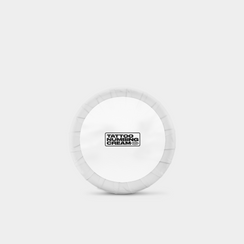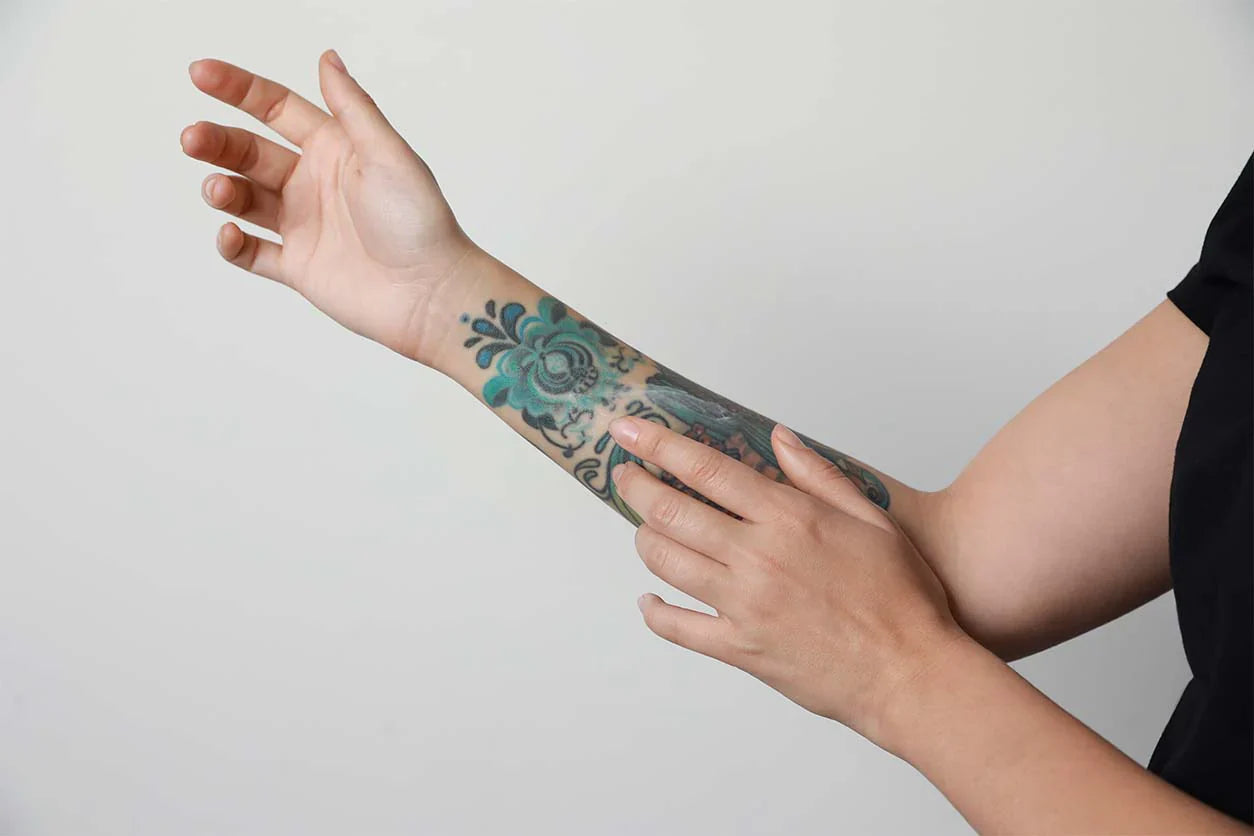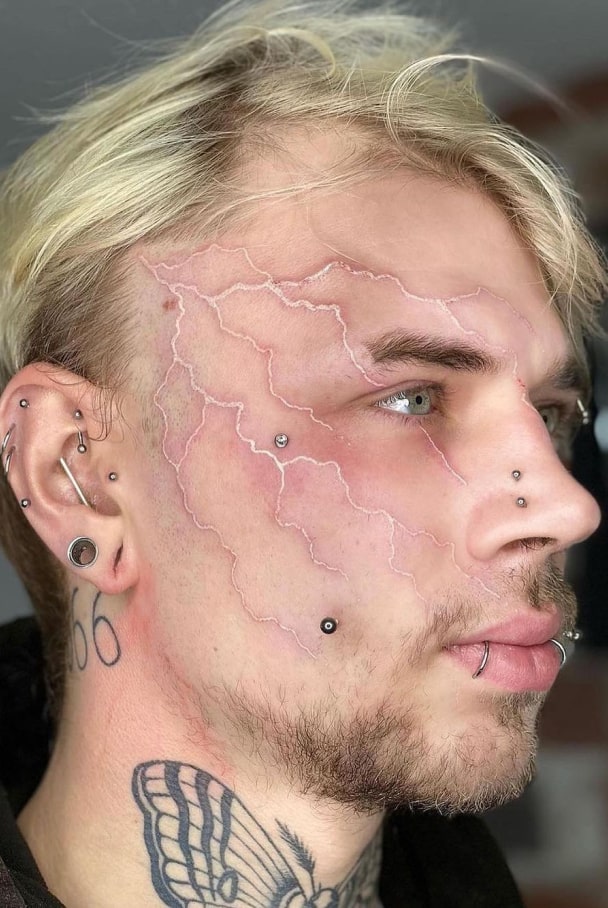The Real Question Everyone’s Asking
Let’s be real — getting a tattoo or piercing hurts. Even cosmetic tattoos like brows, lips, and liner can sting like hell. So, naturally, people ask: Can I use numbing cream for that?
The short answer? Yes — but not all numbing creams are made equal. Using the wrong type or applying it incorrectly can lead to swelling, poor results, or even skin reactions. So before you slather your skin and hope for the best, let’s break down what actually works, what doesn’t, and how to use numbing cream safely for both piercings and cosmetic tattoos.
How Numbing Cream Works
Tattoo and piercing numbing creams are topical anesthetics — usually powered by ingredients like lidocaine. They temporarily block the nerve signals that tell your brain, “Hey, this hurts!”
When applied correctly, a good numbing cream can give you up to three hours of pain-free calm, letting your artist or piercer work faster and you sit still longer. That’s why the best artists and cosmetic technicians are starting to embrace professional-grade numbing products — especially those safe on broken skin (like Tattoo Numbing Cream Co.’s Miracle Numb Spray).
Using Numbing Cream for Piercings
Piercings are quick, but that doesn’t mean they don’t hurt. Whether it’s a cartilage piercing, nose, or belly button — those few seconds can feel eternal.
Here’s the deal:
-
You can use numbing cream before a piercing, but timing and type matter.
-
Always choose a lidocaine-based topical that’s designed for skin punctures or tattoos.
-
Apply the cream 20–30 minutes before your appointment, cover it with plastic wrap to lock in heat, and wipe it off completely before piercing.
Avoid generic over-the-counter creams meant for waxing or insect bites — they’re not formulated for piercing-level trauma and might not penetrate deep enough.
💡 Pro Tip: Ask your piercer before using it — some prefer to apply it themselves or use numbing sprays made specifically for their setup.
Numbing Cream for Cosmetic Tattoos (Brows, Lips, Eyeliner)
Cosmetic tattooing — also called permanent makeup or micro-pigmentation — includes procedures like:
-
Microblading (eyebrows)
-
Lip blush tattooing
-
Eyeliner tattooing
-
Scalp micropigmentation
These areas are extra sensitive, so numbing cream can make all the difference between comfort and tears.
Most cosmetic tattoo artists use numbing products in two stages:
-
Before the procedure (pre-numb) – A topical cream is applied on intact skin to reduce initial discomfort.
-
During the procedure (secondary numb) – Once the skin is broken, a numbing spray is used to maintain the effect.
That’s where products like Miracle Numb Spray shine — they’re safe for broken skin, act fast, and give instant relief.
Why Regular Creams Don’t Cut It
You’ll find hundreds of numbing creams online, but many are low-concentration, inconsistent, or made in unregulated facilities. That’s exactly why some artists don’t trust them — not because numbing doesn’t work, but because cheap or fake products ruin the results.
Low-quality creams can:
-
Over-dry the skin, affecting pigment retention
-
Cause swelling that distorts the stencil
-
Delay healing or cause patchy ink results
Always look for products tested for tattoo and cosmetic use, ideally from reputable, registered brands.
(Yes, this is your cue to check the label before buying that $5 tube from a sketchy site.)
How to Apply Numbing Cream Safely
If you’re planning to use numbing cream before a piercing or cosmetic tattoo, follow this step-by-step guide:
-
Clean the area thoroughly.
Use mild soap or antibacterial foam (like Keep It Clean Foam) to remove oils, dirt, and residue. -
Apply a thick, even layer.
Don’t rub it in — just spread it generously across the area. -
Cover with cling wrap.
This helps activate the numbing agents by trapping body heat. -
Wait 25–45 minutes.
Longer for thicker skin (like body tattoos), shorter for delicate areas (like lips or brows). -
Wipe clean before starting.
The area should feel slightly tingly or numb to the touch.
If you’re unsure, always do a patch test first to make sure your skin reacts well.
How Long Does It Last?
Most professional-grade tattoo numbing creams last up to three hours — long enough for most piercings and small cosmetic sessions.
For longer procedures (like full lip blush or scalp tattooing), your artist can reapply a numbing spray mid-session.
Products like Miracle Numb Spray work instantly once the skin is open, giving consistent relief through the entire process without messing with pigment or swelling.
Common Mistakes to Avoid
Let’s save you some pain (and money). Don’t:
-
Use numbing cream too early — it’ll wear off before the procedure starts.
-
Apply on broken or irritated skin (unless it’s a spray safe for that).
-
Use random creams not meant for tattooing.
-
Skip cleaning the area — oil and sweat block absorption.
-
Expect the same results from all creams — concentration and formula matter.
Best Products to Use
If you want consistent, safe, and strong numbing without risking your skin or results, look for:
-
Tattoo Numbing Cream (Signature Formula) – Long-lasting pre-numb that keeps skin calm for hours.
-
Miracle Numb Spray – Safe for broken skin, perfect for during piercings or cosmetic tattoo sessions.
-
Easy Heal Balm – Helps the treated area recover faster and stay moisturized afterward.
These are tested by artists and cosmetic technicians worldwide — so you can skip the guesswork and focus on your new look instead of the pain.
Final Thoughts
Yes — you can use numbing cream for piercings and cosmetic tattoos, as long as you use the right one, the right way.
Pain shouldn’t be part of the beauty process anymore. Whether it’s your first brow tattoo or a fresh helix piercing, a quality numbing cream lets you stay calm, confident, and comfortable.
Because looking good shouldn’t hurt.








